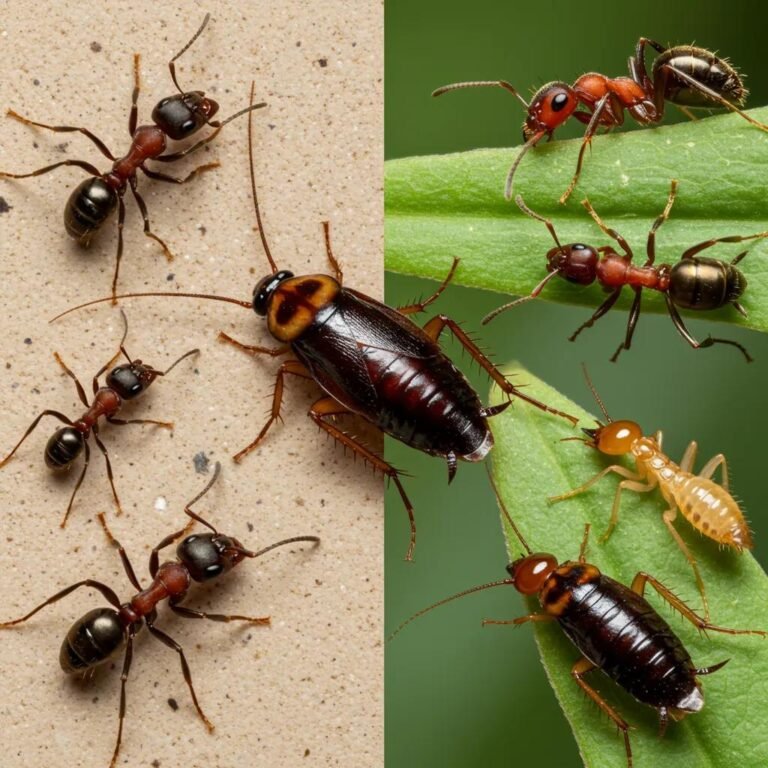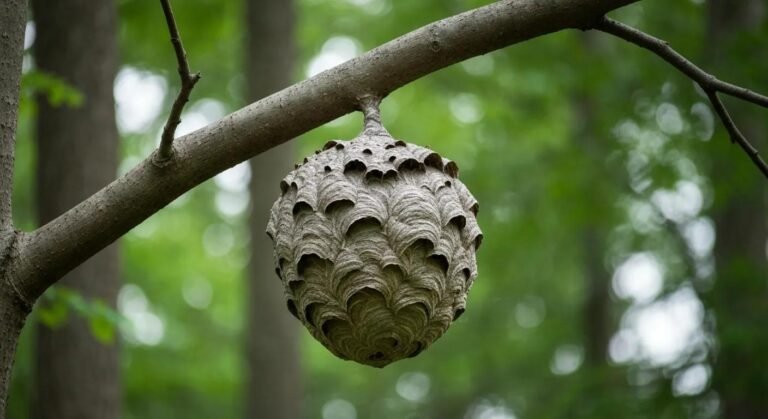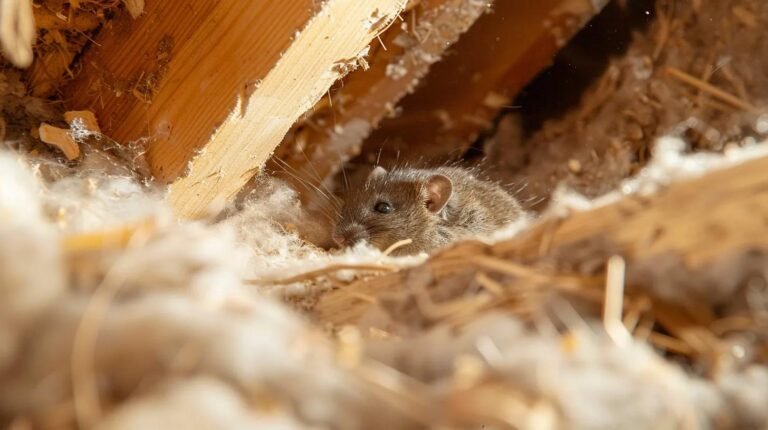Why Fall is the Perfect Time for Mosquito Control
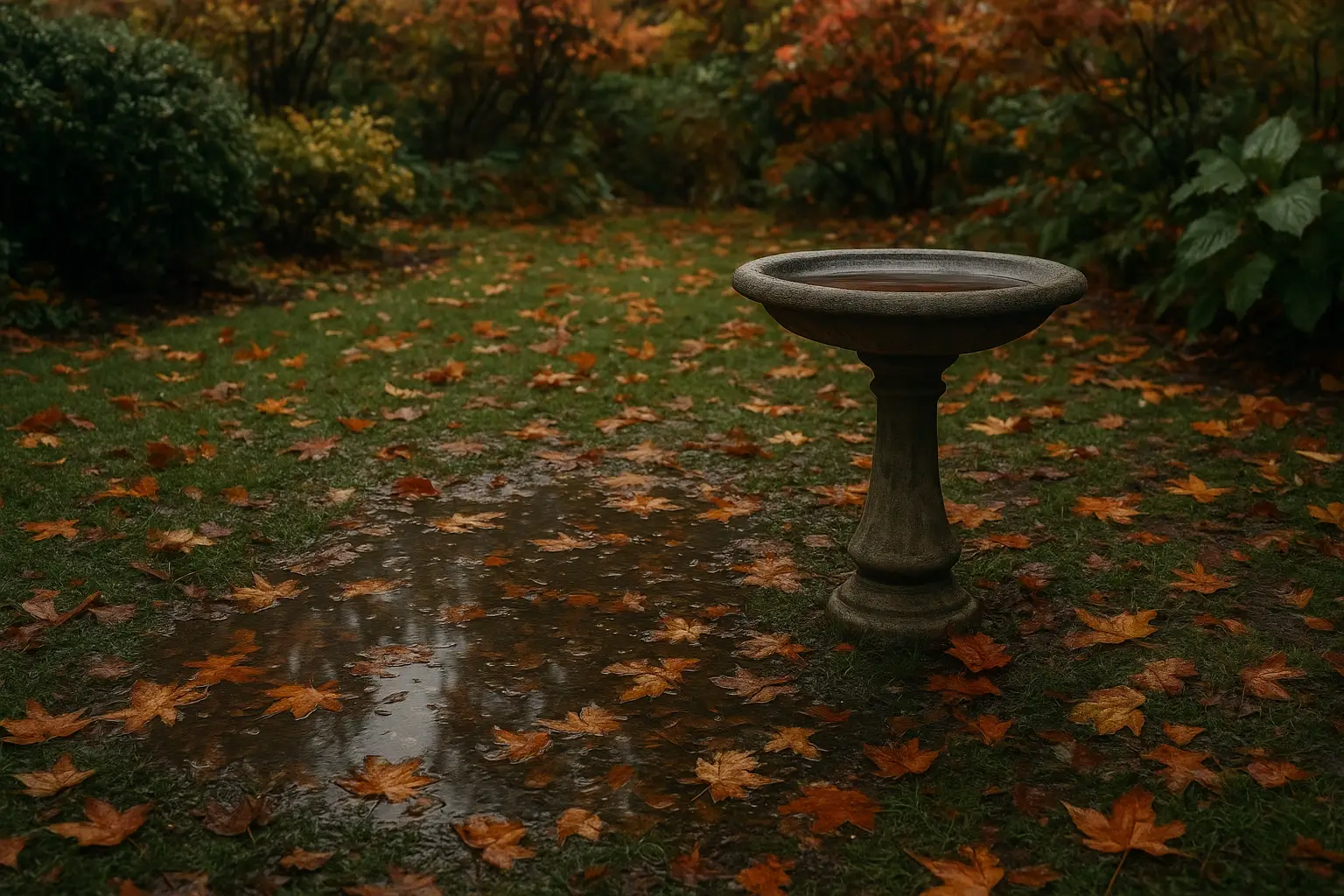
As the leaves begin to change and temperatures start to cool across South Florida, many homeowners breathe a sigh of relief, thinking mosquito season is finally winding down. However, this assumption couldn’t be further from the truth. Fall actually presents some unique challenges and opportunities when it comes to mosquito control, making it one of the most critical times of year to maintain your pest management strategy.
The Fall Mosquito Surge: A South Florida Reality
Contrary to popular belief, mosquito activity doesn’t simply fade away with the first cool breeze. In South Florida’s subtropical climate, fall conditions create an ideal breeding environment for these persistent pests. The combination of warm daytime temperatures, cooler evenings, and increased rainfall from seasonal weather patterns creates perfect breeding conditions.
During fall months, mosquitoes take advantage of the abundant standing water left behind by afternoon thunderstorms and hurricane season. This creates what pest control professionals call “secondary breeding cycles” – additional generations of mosquitoes that can extend well into what homeowners consider the “off-season.”
The Aedes aegypti and Aedes albopictus species, commonly known as yellow fever and Asian tiger mosquitoes respectively, remain particularly active during fall months. These species are not only aggressive biters but also potential carriers of serious diseases including Zika, dengue, and chikungunya viruses.
Understanding Fall Breeding Patterns
Fall mosquito breeding differs significantly from summer patterns, requiring specialized seasonal pest prevention approaches. As temperatures moderate, mosquito development cycles actually become more predictable, with larvae taking longer to mature but surviving at higher rates due to reduced extreme heat stress.
Standing water sources that may have evaporated quickly during scorching summer months now persist longer in fall’s milder temperatures. This extended breeding window means that seemingly minor water accumulation – from clogged gutters to flower pot saucers – can support multiple generations of mosquitoes before winter arrives.
Additionally, fall’s variable weather patterns create ideal conditions for container breeding. Rain followed by several days of moderate temperatures allows mosquito eggs to hatch and larvae to develop in small water sources that homeowners often overlook during their indoor pest control efforts.
Critical Water Sources to Monitor
Professional mosquito control in fall requires identifying and eliminating breeding sites that become particularly problematic during this season. Hurricane and storm debris can create numerous temporary water-holding containers, while fallen leaves can clog drainage systems and create stagnant pools.
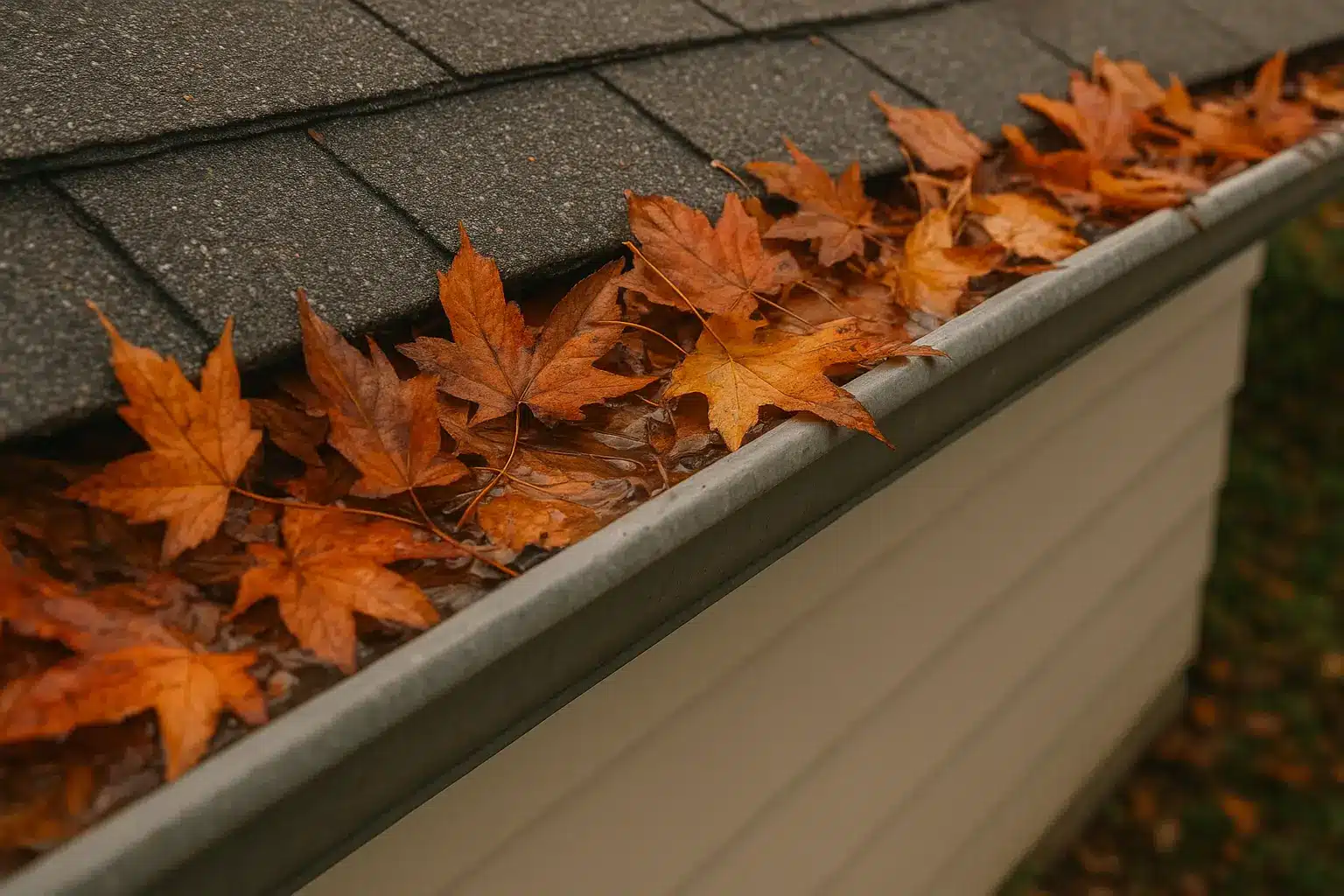
Homeowners should focus on areas where water accumulates after fall rains but doesn’t dry quickly. These include:
Landscape Features: Decorative fountains, bird baths, and water features that aren’t regularly maintained can become major breeding sites. Even small amounts of organic matter can provide nutrients for developing mosquito larvae.
Structural Problems: Clogged gutters filled with fallen leaves create perfect breeding environments. The organic debris provides nutrients while the protected environment shields developing mosquitoes from predators and weather extremes.
Container Storage: Items stored outside for hurricane preparedness – buckets, tarps, spare tires, and empty planters – can collect water and become mosquito nurseries if not properly managed.
Natural Depressions: Areas of your yard that collect water after rains, particularly those shaded by trees or structures, can support mosquito breeding for extended periods during fall’s moderate temperatures.
Professional Treatment Advantages in Fall
Fall represents an optimal window for effective pest control applications that can significantly reduce mosquito populations heading into the following year. Professional treatments during this period can target both active adult populations and overwintering sites where mosquitoes lay their durable eggs.
The moderate fall weather allows for more effective application of mosquito control products. Without extreme summer heat, treatments last longer and provide more consistent coverage. Additionally, reduced wind patterns common in fall allow for more precise application of barrier treatments around properties.
Professional mosquito control services can implement eco-friendly garden insect repellents that work particularly well during fall months. These treatments can establish protective barriers that remain effective well into winter, providing extended protection during the holiday outdoor entertainment season.
Integrated Fall Mosquito Management
Effective fall mosquito control requires an integrated approach that combines elimination of breeding sites with targeted treatments of adult populations. This comprehensive strategy addresses both immediate concerns and long-term prevention.
Source Reduction: The foundation of any successful mosquito control program involves eliminating breeding sites. Fall’s moderate temperatures provide ideal conditions for thorough property inspections and water source elimination that would be uncomfortable or less effective during summer’s extreme heat.
Barrier Treatments: Professional barrier treatments applied during fall can provide protection through the winter months and into the following spring. These treatments target resting areas where adult mosquitoes shelter during cooler periods.
Biological Controls: Fall represents an excellent time to introduce biological control agents like Bacillus thuringiensis israelensis (BTI) into permanent water features. These naturally occurring bacteria specifically target mosquito larvae without affecting beneficial insects or other wildlife.
Climate Change Impacts on Fall Mosquito Activity
Climate change pest control considerations have made fall mosquito management increasingly important in South Florida. Rising average temperatures and changing precipitation patterns extend the active mosquito season well beyond traditional boundaries.
Extended warm periods during what were historically cooler months allow mosquito populations to remain active longer. This means that traditional “seasonal shutdown” approaches to pest control are no longer effective in managing year-round mosquito populations.
Additionally, more intense storm events followed by prolonged warm periods create ideal conditions for rapid mosquito population explosions during fall months. Professional pest control services must adapt their strategies to address these changing patterns while maintaining effective protection for homeowners.
Health Considerations During Fall Months
Fall mosquito activity poses unique health risks that homeowners often underestimate. As people spend more time outdoors enjoying cooler temperatures, exposure to mosquito bites increases just as many species are seeking final blood meals before winter dormancy periods.
The illusion of reduced mosquito activity can lead to decreased personal protection measures, creating ideal conditions for disease transmission. Many mosquito-borne illnesses have incubation periods that can extend weeks, meaning fall exposures may not manifest symptoms until well into winter months.
Furthermore, fall’s variable weather patterns can stress human immune systems, potentially making individuals more susceptible to mosquito-borne illnesses. Professional mosquito control becomes particularly important for protecting vulnerable populations, including elderly residents and individuals with compromised immune systems.
Professional vs. DIY Fall Treatments
While DIY vs professional pest control debates continue year-round, fall presents specific challenges that favor professional intervention. The complexity of fall breeding patterns and the need for specialized equipment to reach overwintering sites make professional treatment particularly valuable during this season.
Professional services have access to specialized equipment for treating tall trees, dense vegetation, and hard-to-reach areas where mosquitoes shelter during cooler periods. These areas are often inaccessible to homeowners using standard consumer-grade equipment.
Additionally, professional pest control technicians understand the specific mosquito species active during fall months and can tailor treatments accordingly. This species-specific approach is crucial for effective control, as different mosquito species respond to different treatment strategies and have varying breeding preferences.
Preparing for Winter and Beyond

Fall mosquito control efforts provide the foundation for year-round pest management success. Professional treatments applied during fall months can significantly reduce overwintering mosquito populations, leading to lower activity levels the following spring and summer.
Many mosquito species lay durable eggs during fall that survive through winter and hatch with the first warm temperatures of spring. Professional control programs target these eggs before they enter dormancy, breaking the reproductive cycle and reducing next year’s pest pressure.
This forward-thinking approach to mosquito control recognizes that effective pest management requires year-round vigilance rather than reactive seasonal treatments. By investing in professional fall mosquito control, homeowners can enjoy more comfortable outdoor spaces throughout the year while protecting their families from mosquito-borne health risks.
Emergency Situations and Fall Mosquitoes
Fall weather patterns in South Florida can create emergency mosquito situations that require immediate professional intervention. Post-storm conditions often result in massive mosquito population explosions that overwhelm traditional control methods.
Professional emergency pest control services become crucial during these situations, as they have the equipment and expertise necessary to quickly address large-scale mosquito problems before they become unmanageable.
These emergency situations highlight the importance of maintaining professional mosquito control relationships year-round rather than attempting to address problems only after they become severe. Proactive fall treatments can prevent many emergency situations from developing in the first place.
Conclusion
Fall mosquito control represents a critical component of comprehensive pest management that too many homeowners overlook. The unique conditions created by South Florida’s fall weather patterns – moderate temperatures, variable precipitation, and abundant breeding sites – create ideal environments for sustained mosquito activity well beyond traditional summer seasons.
Professional mosquito control services understand these complex seasonal dynamics and can implement targeted strategies that address both immediate pest pressure and long-term population management. By recognizing fall as a crucial time for mosquito control rather than a period of reduced pest pressure, homeowners can protect their families while enjoying the outdoor lifestyle that makes South Florida living so appealing.
The investment in professional fall mosquito control pays dividends throughout the year, reducing pest pressure during peak outdoor entertaining seasons while protecting family health year-round. As climate change continues to extend mosquito seasons and create more variable weather patterns, professional pest management becomes increasingly important for maintaining comfortable, safe outdoor spaces.
Don’t let fall’s deceptive calm lull you into a false sense of security regarding mosquito control. Take action now to protect your family and property from these persistent pests that remain active well beyond summer’s end.



